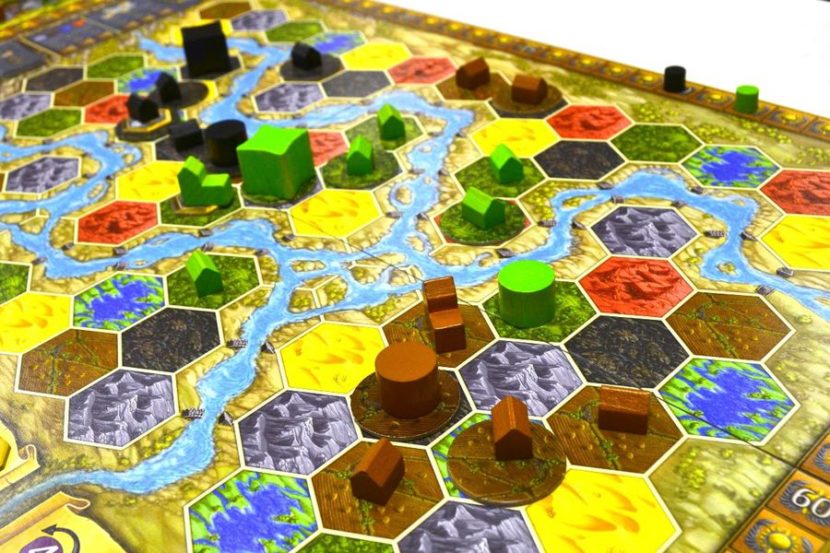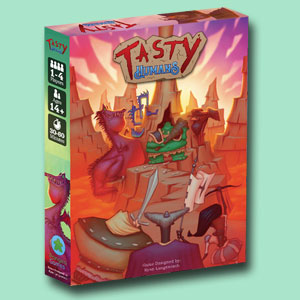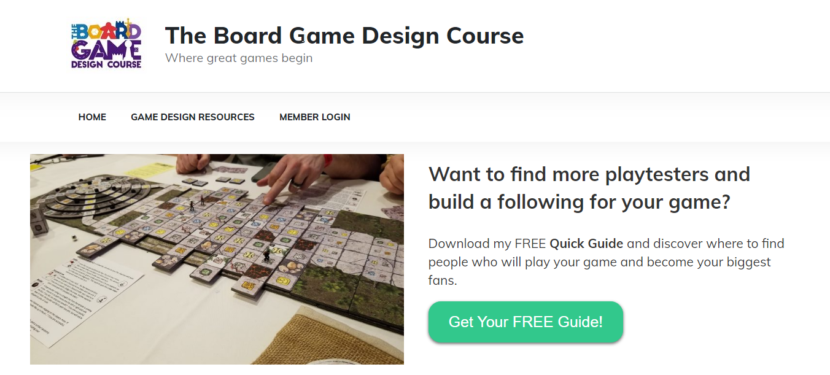The 10 Best Board Games of All Time and What We Can Learn from Them
There are over 100,000 board games in existence. The vast majority have been forgotten and buried in the sands of time. A handful have stood out head and shoulders among the rest, working their way up to the top 10 games on Board Game Geek. This is a truly staggering achievement because pleasing Board Game Geek users is no easy task!
Looking for more resources to help you on your board game design journey?
Here you go: no email required!
Like this writing style?
Check out my latest blog on marketing here.
Today, we’ll focus on the best of the best board games and reflect on why they’re so great. Or, at the very least, why the dedicated gamers of Board Game Geek consider them to be the best board games. By studying the greats, we – as designers and publishers – can create better board games for future generations.
Honorable Mention #1: Terra Mystica
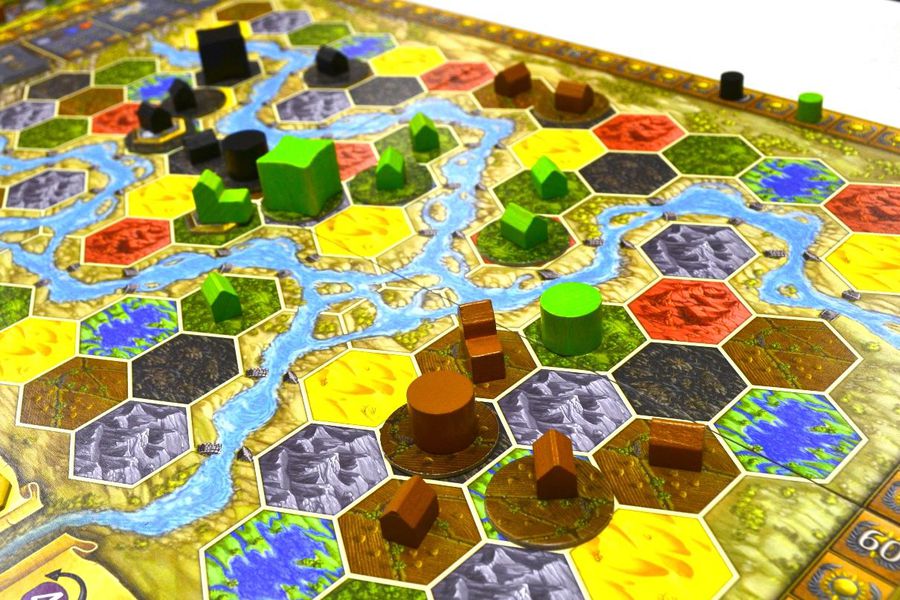
The hardcore gamers who rate games on Board Game Geek are, in their heart of hearts, intellectuals looking for a challenge. Games allow us to transport to distant times and places, forgetting our day-to-day problems by letting us focus on innumerable in-game decisions.
Terra Mystica does this beautifully. It’s one of the heaviest, brainiest, most complex games to achieve notoriety. It’s a perfect information euro with a lot of rules and a lot of ways to play. It does this with a theme of perennial interest to gamers – building civilizations. In these ways, Terra Mystica was early to rise in the current board game boom – bringing heavy games back into vogue.
Honorable Mention #2: Great Western Trail

Great Western Trail isn’t a trailblazer if you read the reviews. It didn’t invent new ideas. It didn’t bring anything completely novel to the table. Yet it succeeds by the merit of being generally well put together. That’s no backhanded compliment – “second but better” is genuinely important in this world. It gave us Google and iPhones.
By generally well put together I mean it feels satisfying, doesn’t introduce new elements but marries them exceptionally well. You can see this reflected in the 9 and 10 scores of Board Game Geek, where people repeat some variation of “I really can’t explain it” and rattle off mechanics while trying to explain it. That’s the way empirical, logical, or intellectual people speak when they’re in love. That tells you all you need to know.
Honorable Mention #3: Scythe
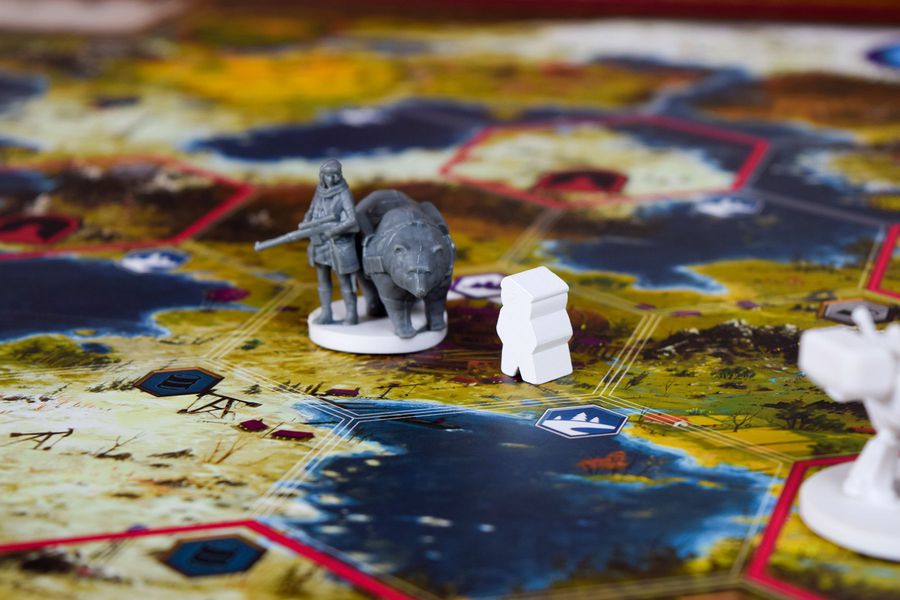
In its own right, Scythe is a fantastic engine-builder with an engaging theme. It really nailed the 1920s alt-future aesthetic while giving gamers a complex game to analyze and replay.
Yet Scythe cannot be decoupled from Jamey Stegmaier, the generous spirit behind the Kickstarter lessons blog. Scythe is not the first home-grown game to succeed, nor is it the first home-grown game to make millions. The visibility of the project just made it feel like it was, and that’s important. The biggest thing we can learn from Scythe comes from the fact that it is proof that small publishers can make it.
10. Twilight Struggle
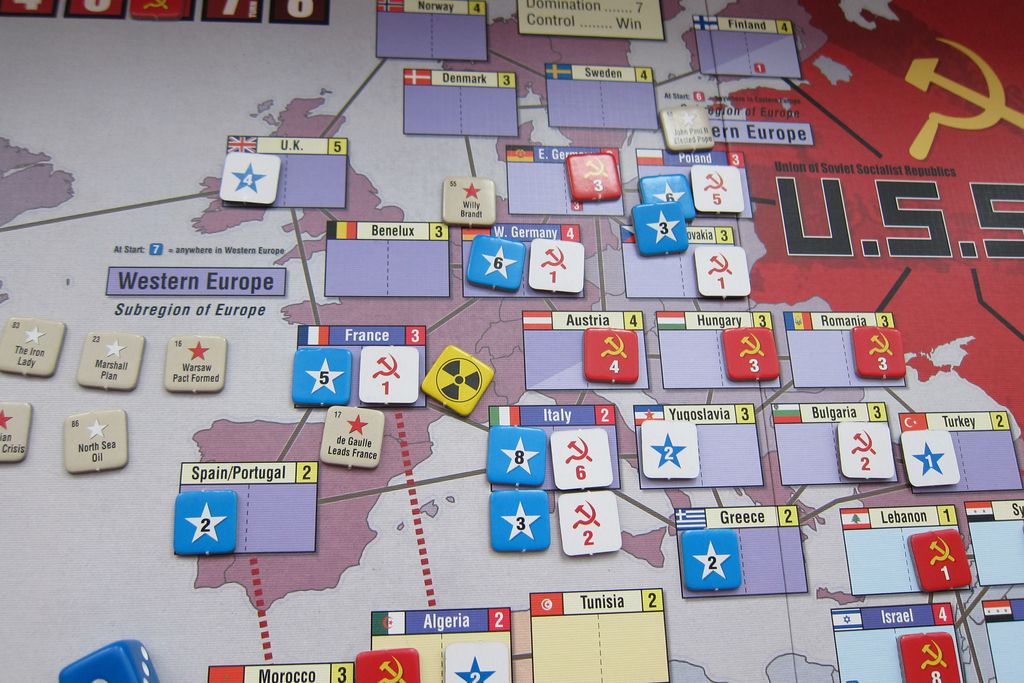
Speaking of stories, you can’t get much more interesting than the utterly insane forty-odd year stretch of time where the USA and USSR had nukes pointed at each other. The concept is so absurd that Stanley Kubrick made a comedy movie out of it. Twilight Struggle masterfully captures the tension of that era in the best wargame ever designed.
It has incredibly clever area control and hand management mechanics. It has depths that have led to 400 page strategy guides on the internet. It’s complex, engaging, and never seems to play the same way twice. Yet it always goes back to tension. Twilight Struggle is a masterpiece of capturing tension in games.
9. Star Wars Rebellion
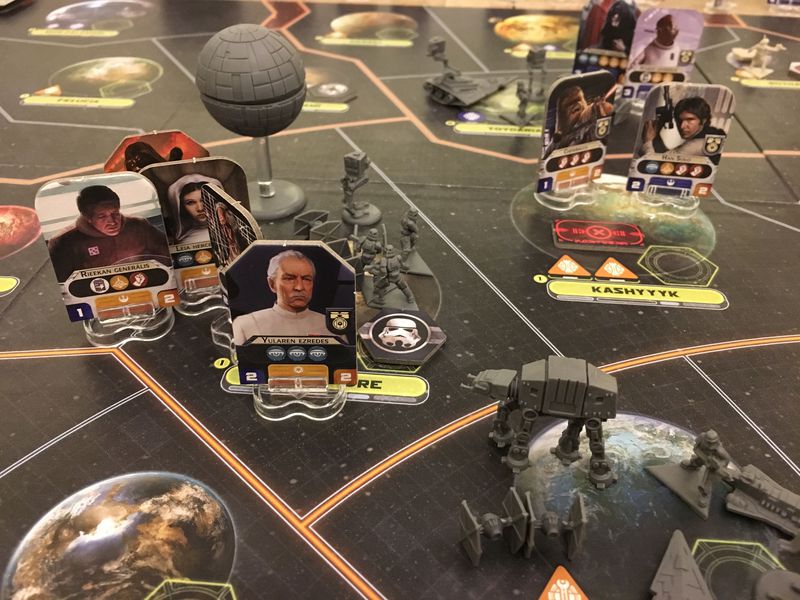
Star Wars Rebellion is the only high-dollar intellectual property that you will see on this list. Board gamers are rightfully skeptical of the quality of games that come from movie studios and video game companies. Yet Star Wars Rebellion shows that big money can produce fantastic games that are really high-quality from a gameplay standpoint.
It also marks a turning point in board game storytelling. People on Board Game Geek who give this game a 9 or 10 keep saying “Star Wars in a box.” Star Wars is an incredibly enduring franchise based around story-telling beats that go back to ancient mythology. Board gaming, as abstract and mathematical as it can seem on the outside, is dependent upon story, too, whether we build it into the game or not. This game’s success proves that people want stories in their games.
8. Gaia Project
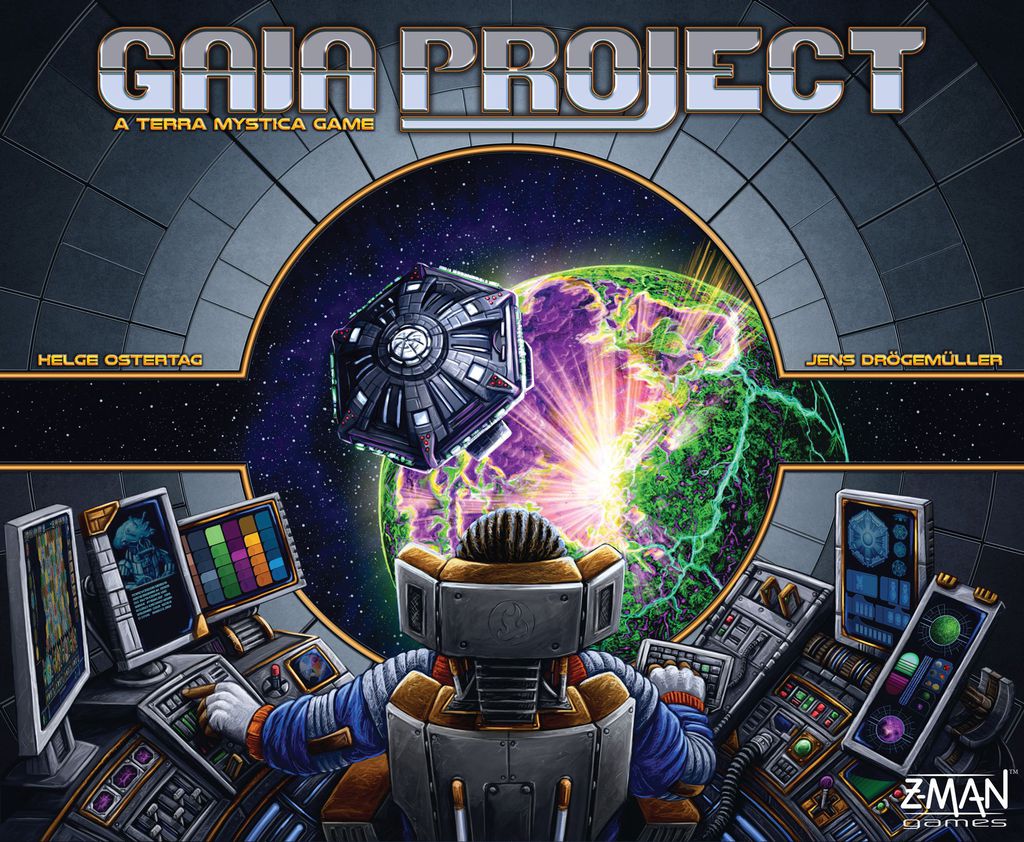
As if Terra Mystica weren’t a fantastic achievement in board gaming in its own right, Gaia Project is a souped up version IN SPACE. It doubles down on everything that made Terra Mystica brilliant – the complex decision making and the epic theme of expanding civilization. Then it marries the game to a theme board gamers have demonstrated time and time again that they love – science fiction.
Gaia Project is a picture-perfect study on how to “fix something that ain’t broken.” The game’s existence is proof that the creators were listening to feedback on a deep level, addressing gamers’ basic needs while taking the game in a surprising cosmic direction.
Looking for more resources to help you on your board game design journey?
Here you go: no email required!
Like this writing style?
Check out my latest blog on marketing here.
7. Through the Ages: A New Story of Civilization
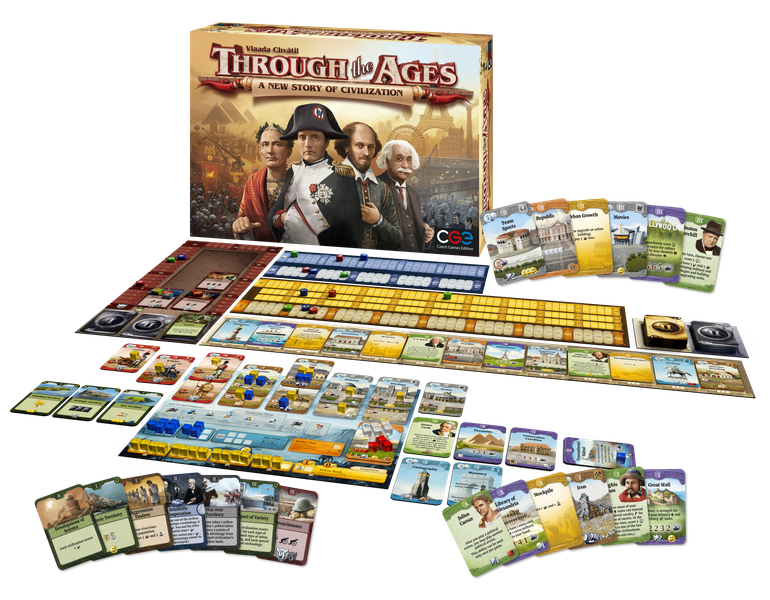
Through the Ages was a smash hit when it came out in 2006 and was an even bigger smash hit when it was reissued in 2015. Like Terra Mystica and Gaia Project, it is truly epic in size and scope. It is a long, multi-hour game that spans thousands of years.
The mechanics are great, the decisions complex, and the gameplay overall is a blast. That’s not why it’s so enduring, though, at least not in my opinion. It’s a matter of size and scope. There is something deeply awe-inspiring about taking a civilization from antiquity to modernity. All the beauties of developing culture and all the ugliness of waging wars is captured within this game. It’s really kind of jaw-dropping, even more so because of the fundamental – if exaggerated – truth of its basis. This is not some sci-fi fantasy world. This is the world in which you and I live, work, and play.
6. Gloomhaven: Jaws of the Lion
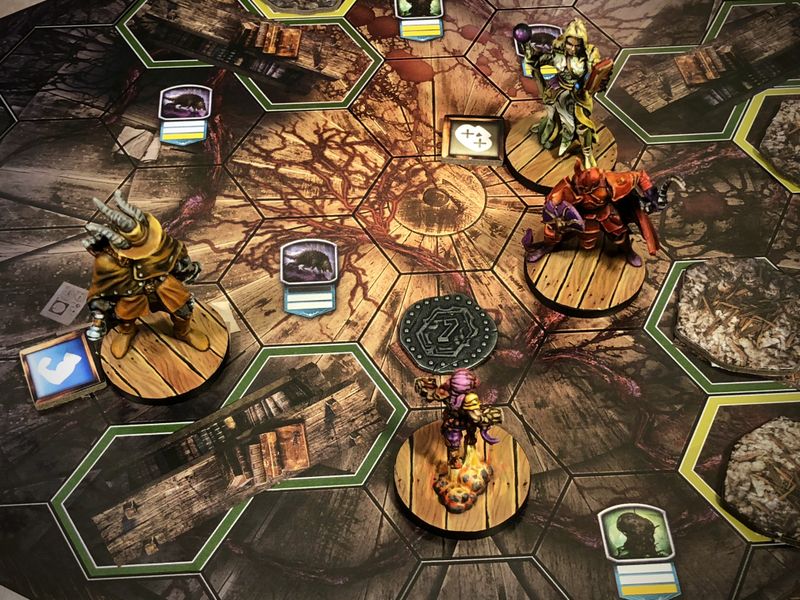
Hot on the heels of the critically acclaimed Gloomhaven, Jaws of the Lion was released in 2020. It holds a mighty 8.9 on Board Game Geek at the time I’m writing this and has a formidable position at #6 on the top board games of all time list.
I haven’t played the game myself, so I’ll borrow the description of it from Board Game Geek to share with you.
Gloomhaven: Jaws of the Lion is a standalone game that takes place before the events of Gloomhaven. The game includes four new characters — Valrath Red Guard (tank, crowd control), Inox Hatchet (ranged damage), Human Voidwarden (support, mind-control), and Quatryl Demolitionist (melee damage, obstacle manipulation) — that can also be used in the original Gloomhaven game.
The game also includes 16 monster types (including seven new standard monsters and three new bosses) and a new campaign with 25 scenarios that invites the heroes to investigate a case of mysterious disappearances within the city. Is it the work of Vermlings, or is something far more sinister going on?
Gloomhaven: Jaws of the Lion is aimed at a more casual audience to get people into the gameplay more quickly. All of the hard-to-organize cardboard map tiles have been removed, and instead players will play on the scenario book itself, which features new artwork unique to each scenario. The last barrier to entry — i.e., learning the game — has also been lowered through a simplified rule set and a five-scenario tutorial that will ease new players into the experience.
Gloomhaven: Jaws of the Lion description on Board Game Geek
5. Twilight Imperium (Fourth Edition)
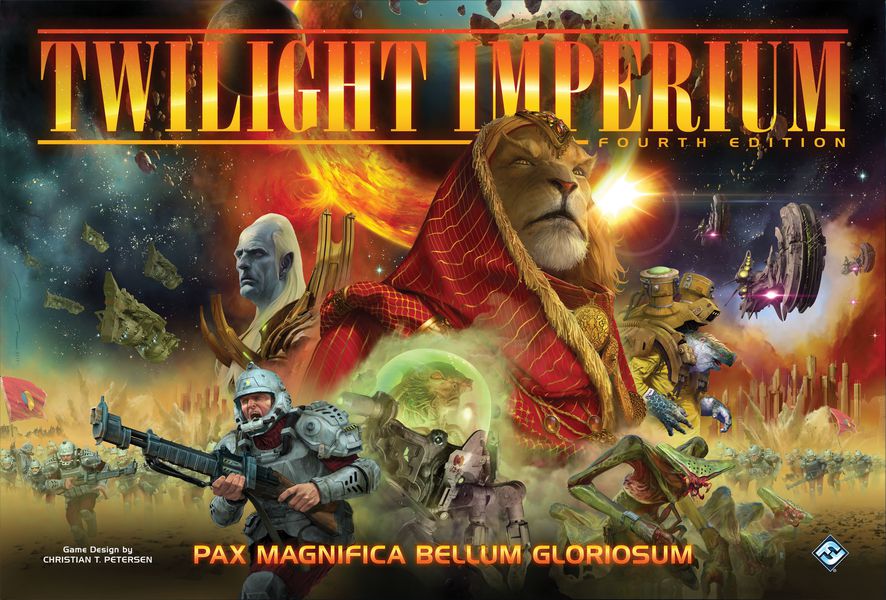
I’ve spoken about Twilight Imperium at length in a different article, but it’s such a good game that it bears mention again here. This is a long, complex, expensive board game. There are a ton of different components and it can take up to eight hours to play.
What is the appeal of a game that monstrous in scale? Simply put, Twilight Imperium is a game that you can completely immerse yourself in. That’s the appeal – everything else disappears around you as you play it because the fantasy world is so well fleshed-out.
4. Terraforming Mars
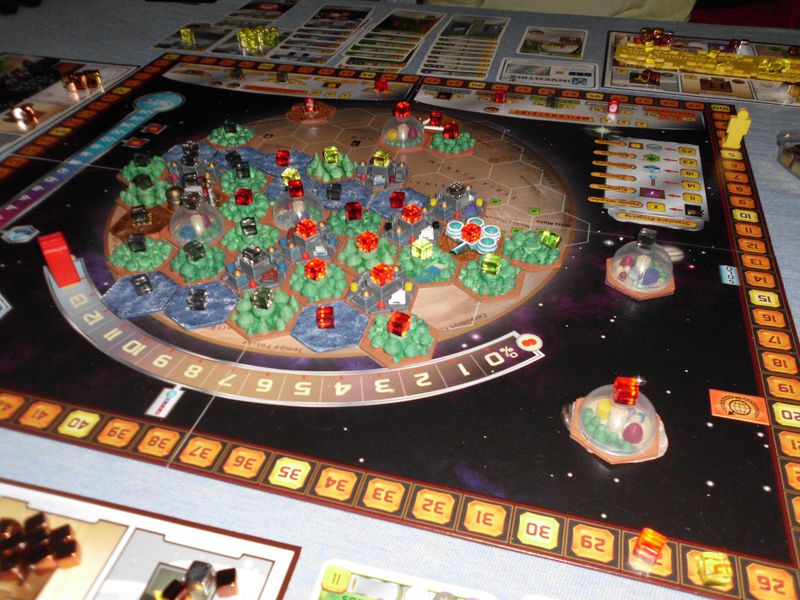
Terraforming Mars was a smash hit when it came out and the hype has never died down since. For good reason, too. It is a truly fantastic game and we have a lot to learn from it.
I went back and forth in my own head thinking of how best to describe what we can learn from this game, but I think Dr. Michael Heron at Meeple Like Us says it best in his own review:
I love this game – it’s fun, full of fascinating mechanisms and satisfying decisions. It’s collegiate in its competition while also being cut-throat in its communality. It rewards creative play more than any game I’ve seen in a long time.
3. Brass: Birmingham
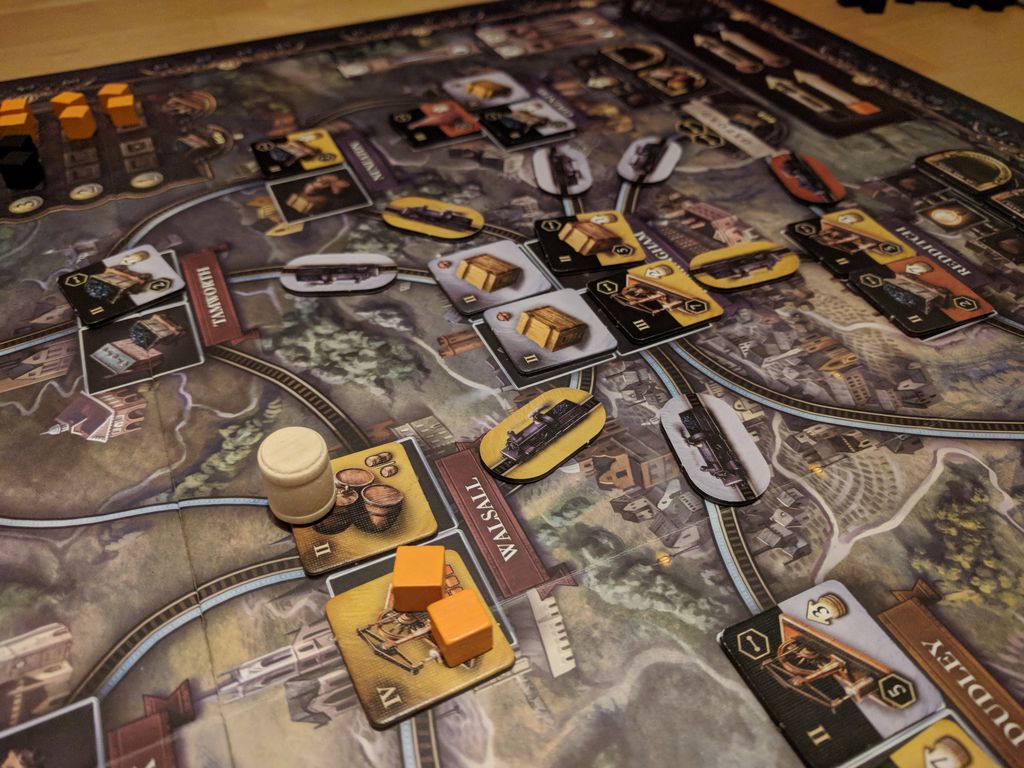
Brass: Birmingham is a recent strategy to the well-loved original game Brass, which came out in 2007. It’s an economic strategy game where you can take two of the following six actions every turn:
- Build – Pay required resources and place an industry tile.
- Network – Add a rail / canal link, expanding your network.
- Develop – Increase the VP value of an industry.
- Sell – Sell your cotton, manufactured goods and pottery.
- Loan – Take a £30 loan and reduce your income.
- Scout – Discard three cards and take a wild location and wild industry card. (This action replaces Double Action Build in original Brass.)
Economic strategy games are a mainstay of the board gaming world, and Brass: Birmingham has been considered by many reviewers to be an instant classic. In short, it’s the best possible implementation of a crunchy, complex, problem-solving game in a beloved genre.
2. Pandemic Legacy: Season 1
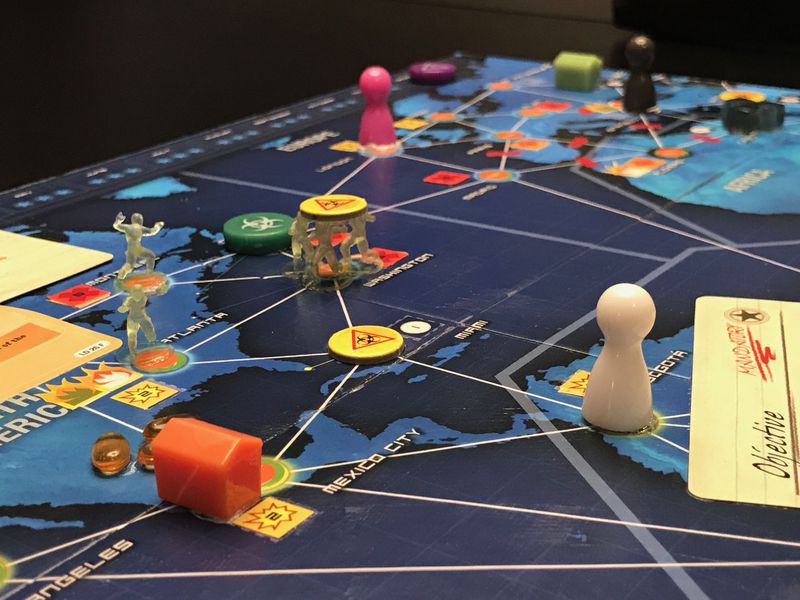
Pandemic Legacy is already built upon the incredibly durable and interesting mechanics of Pandemic, the international sensation of a game that inspired so many spin-offs. That alone would make it a solid game in its own right, but Pandemic Legacy takes in one step further. It was one of the first major legacy games, promising players an engaging story that unfolds over time. This paved the path for future legacy games, which is yet another reason to enjoy it.
1. Gloomhaven
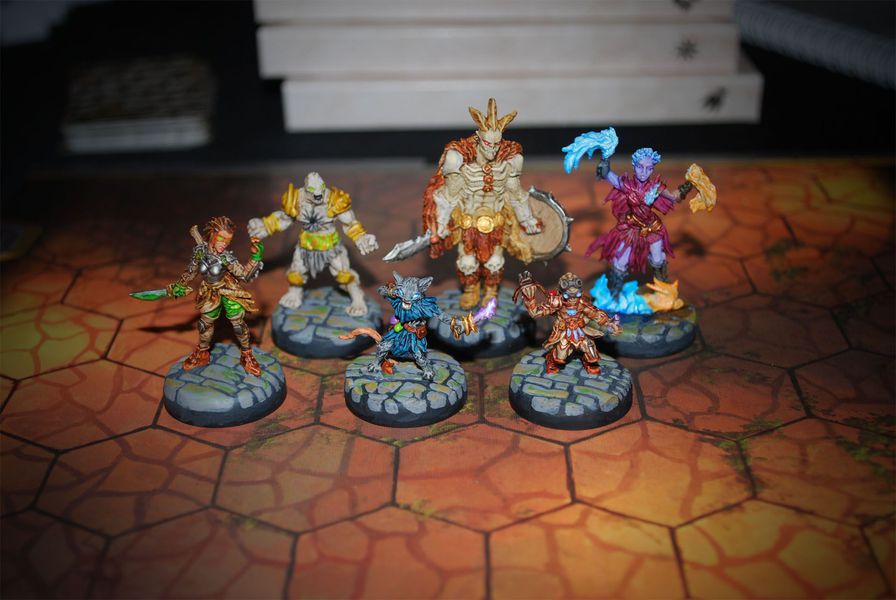
Gloomhaven is so massive that it’s hard to begin to describe why it’s good. It’s heavily story-driven, huge in size and scope like Through the Ages, and it has great components. The theme, backed up by lots of story, is incredibly in tune with gamers’ desires for rich, lived-in fantasy worlds. This game captures what gamers love about literally every other game above it in this article. Gloomhaven truly is the apotheosis of gamer desire.

